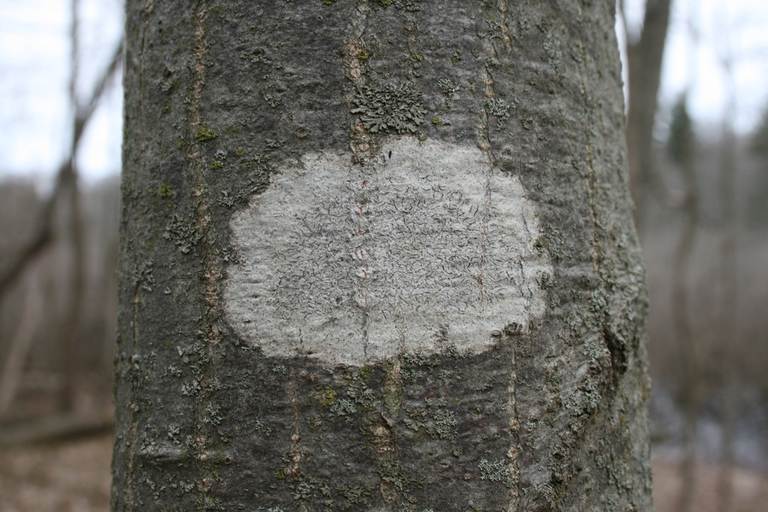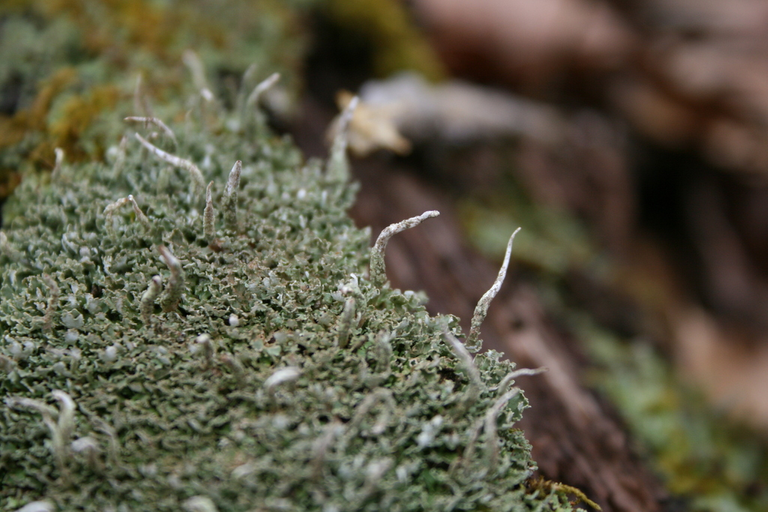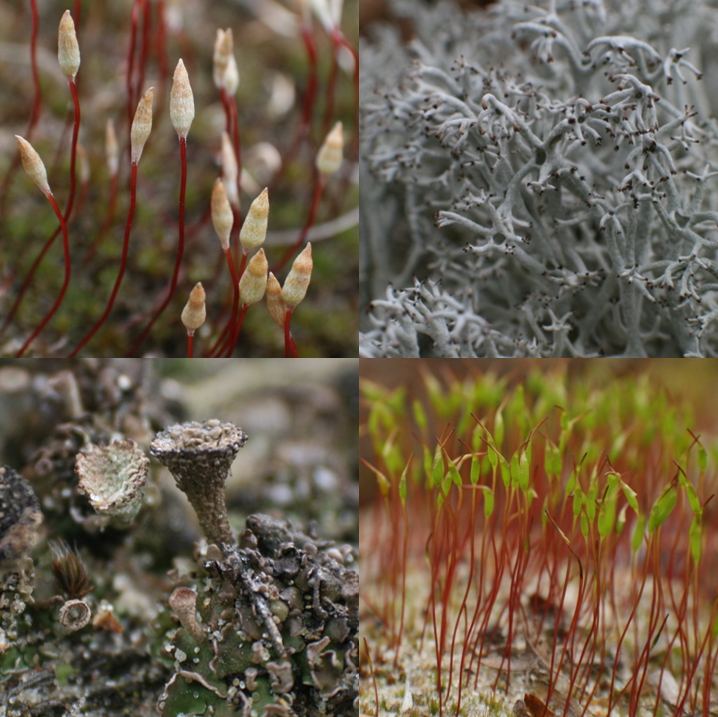With winter behind us here in North America, I wanted to take the time to share a few photos of some underappreciated wonders that can be found in the woods of eastern North America during these cold, dark days. While most plant, fungal, and animal life are scarcely seen in the winter, a few organisms have learned to not only survive, but thrive, in this harsh conditions: the lichens and mosses.
Despite commonly overlooking them amongst the wildflowers, mushrooms, and birds that dominate these forests during the spring, summer, and fall, I have enjoyed the relative quiet of the last several months as I dedicated more of my time and effort into documenting and researching the hardy lichens and mosses that refused to yield to the cold.
In particular, I have become very interested in the biology of lichen. Challenging my prior understanding of what a 'species' is, I have learned more about how lichen cannot be thought of as singular organisms. Instead, they are symbiotic organisms composed of a fungal and at least one algal species. In their most simple form, the fungal species acts and the dominant partner, constituting the majority of the macroscopic structure of the lichen and providing a suitable habitat for the algae to grow from. In exchange for providing shelter to the algae, the fungus is rewarded with some of the sugars the algae produces through photosynthesis. Through this symbiosis, both species benefit to create a diverse group of unique structures and forms.
The most interesting lichen that I came across over the last few months was a large cluster of green reindeer lichen (Cladonia arbuscula ssp. mitis). This highly branched species grows into a globular form made up of hundreds of branching arms that resemble the shape of some marine corals. Given that this species only grows a few millimeters per year, the largest specimen in the cluster that I came across was likely several decades old.
Below are images of some of the most interesting lichens I have come across in the last few months.
Green Reindeer Lichen (Cladonia arbuscula ssp. mitis):







Common Script Lichen (Graphis scripta):


British Soldier Lichen (Cladonia cristatella):


Pebbled Pixie Cup (Cladonia pyxidata):



Common Powderhorn (Cladonia coniocraea):


In addition to the lichens, I have come across quite a few examples of moss in the last few months. Long before the first shoots and buds of spring had arrived, members of this ancient plant lineage have been extending their hair-like appendages toward the sky.
While photographing mosses, I can't help but feel like a giant overlooking a miniature forest, particularly when their sporophytes stand huddled together like dense stands of trees across the forest floor.
Below are some of my favorite pictures of moss taken over the past few months.
Woodsy Thyme-Moss (Plagiomnium cuspidatum):



Redshank (Ceratodon purpureus):



Bristly Haircap Moss (Polytrichum piliferum):





Beautiful Branch Moss (Callicladium haldanianum):



Wood Bristle-Moss (Lewinskya affinis):

I hope you enjoyed these images as much as I did taking them. There is always something beautiful to see in nature for those willing to look for it. Key an eye out for moss and lichen on your next trek through the woods!
My NFT Showroom gallery: https://nftshowroom.com/tych021/gallery
PeakD reflink: https://peakd.com/register?ref=tych021
Publish0x reflink: https://www.publish0x.com?a=M7e58kDYd2

The rewards earned on this comment will go directly to the people( @jlufer ) sharing the post on Twitter as long as they are registered with @poshtoken. Sign up at https://hiveposh.com.
Thanks for your contribution to the STEMsocial community. Feel free to join us on discord to get to know the rest of us!
Please consider delegating to the @stemsocial account (85% of the curation rewards are returned).
You may also include @stemsocial as a beneficiary of the rewards of this post to get a stronger support.
We appreciate your work and your post has been manually curated by zoology and botanic team (@biologistbrito) on behalf of Amazing Nature Community. Keep up the good work!
thanks for sharing
We appreciate your work and your post was manually curated by @none! from the DNA team!
Reach us on Discord to learn more about the project!
Hello @tych021!